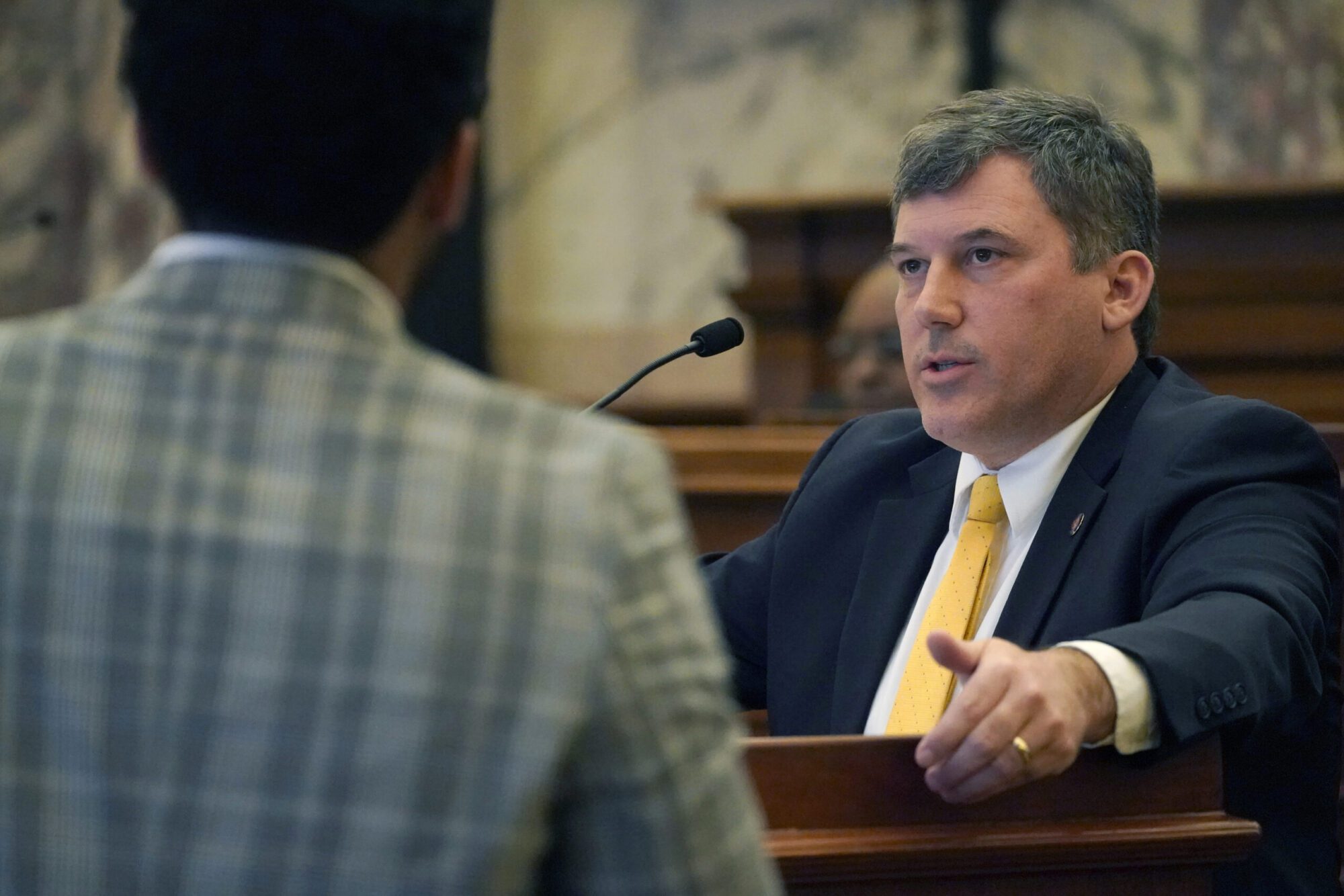
Sid Salter
- Columnist Sid Salter says rising crime, the rising perceptions of crime and declining public safety gave birth – nationally and in Mississippi – to legislation that had unintended consequences.
The Mississippi Fiscal Year 2025 appropriations for the State Department of Corrections – the state’s prison system – included $424.3 million from the General Fund, State Support Special Funds of $7.5 million, $19.5 million in federal funds, and other special funds of $27.07 million for a total of $458.9 million.
Those funds support the incarceration of 19,242 inmates as of Aug. 23. That comes out to be just under $23,849 annually per inmate. 10,672 of those inmates are housed in the big three state prisons at Parchman, Central Miss. Correctional in Rankin County, South Miss. Correctional in Leakesville and several smaller, more specialized state facilities.
About 1,297 inmates are in county jails. Another 533 are in community work centers. Some 4,489 are in regional correctional facilities. Around 2,194 inmates are in private prisons. Restitution centers house 142 inmates with 15 inmates in transitional housing.
It would make sense that Mississippi taxpayers would, as former Gov. Haley Barbour famously said during his eight years in office, want to “decide who they’re mad at and who they’re afraid of.” In other words, draw distinctions between inmates who represent an actual danger to society and merit the expenditure of nearly $24K a year to house, feed and guard them and those who don’t.
Mississippi’s prison system has a capacity of just under 22,093 and a population of 19,242. Recidivism – or repeat offenders after serving prison time – is 37.1% in Mississippi in 2023. At the same time, Mississippi has bounced between the nation’s highest incarceration rate (661 per 100,000 state residents) and second or third on the list over the last five years.
Our state’s incarceration rate at 661 is over twice the national average of 311. Mississippi didn’t come to this status overnight. Rising crime, the rising perceptions of crime and declining public safety gave birth – nationally and in Mississippi – to legislation that had unintended consequences.
In 1995, Mississippi lawmakers followed national trends in attempting to “get tough on crime.” But in doing so, the lawmakers also dramatically increased the state’s prison population and therefore the operating costs of the state prison system.
The Legislature adopted the so-called “85 percent rule” which mandated that all state convicts must serve at least 85 percent of their sentences before being eligible for parole. Mississippi’s law sharply contrasted with other states, where the 85 percent rule applied only to violent offenders.
The law had a tremendous impact. On June 30, 1993, the Mississippi Department of Corrections had 9,629 prisoners with a capacity of 9,164. By the end of 1998, the figures jumped to 16,695 and 16,007, respectively.
The rise and fall of the 85 percent rule is a follow-the-numbers game – even after steps were taken in 2008 to lessen the impact of the sentencing guidelines. In May 2002, there were 21,751 state inmates with 2,829 in private prisons and 17,490 convicts on probation or parole. By May 2012, there were 25,572 state inmates with 3,110 in private prisons and 35,242 convicts on probation or parole.
After the failures of the 85 percent rule and the rapid introduction of private prisons as solutions to growing mass incarceration costs, it became clear that private prisons were no panacea.
While certainly a worthy goal, corrections and criminal justice reforms can’t have the singular goal of saving money – public safety remains the priority. But there are without question the means of reducing Mississippi’s incarceration numbers that allow us to save tax dollars while bolstering public safety.
Technology exists to make house arrest for non-violent crime a workable solution. Parole system and sentencing reforms tied to mandatory work release programs are also working in other states as a means of reducing the costly warehousing of non-violent first-time offenders.
Department of Corrections Commissioner Burl Cain has tried many innovative programs in his leadership of the state’s prison system since his appointment with Gov. Tate Reeves. But no reform would be more beneficial to the system than reducing the incarcerated population and Cain will need partners in the Mississippi Legislature to accomplish and implement that.







